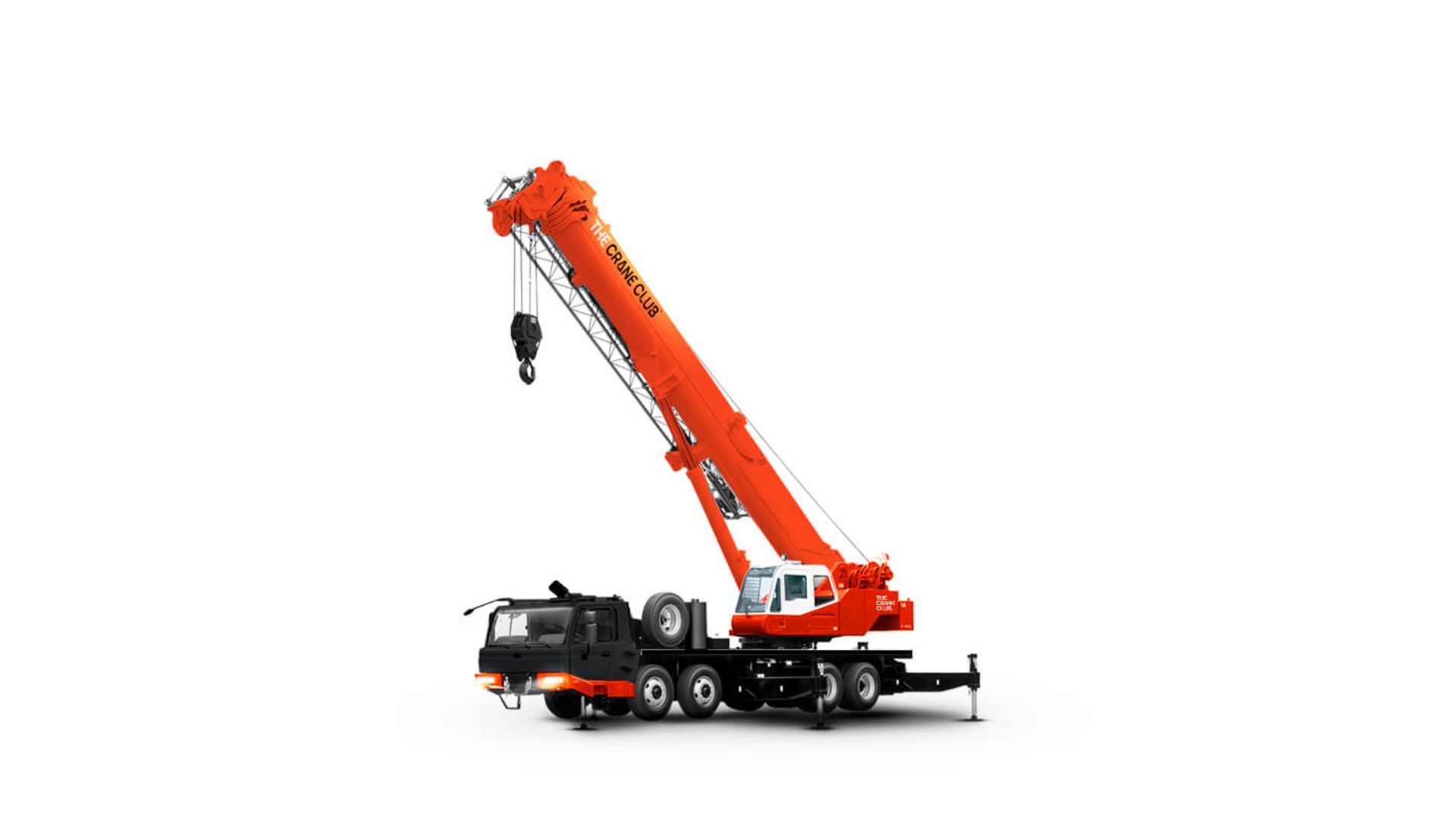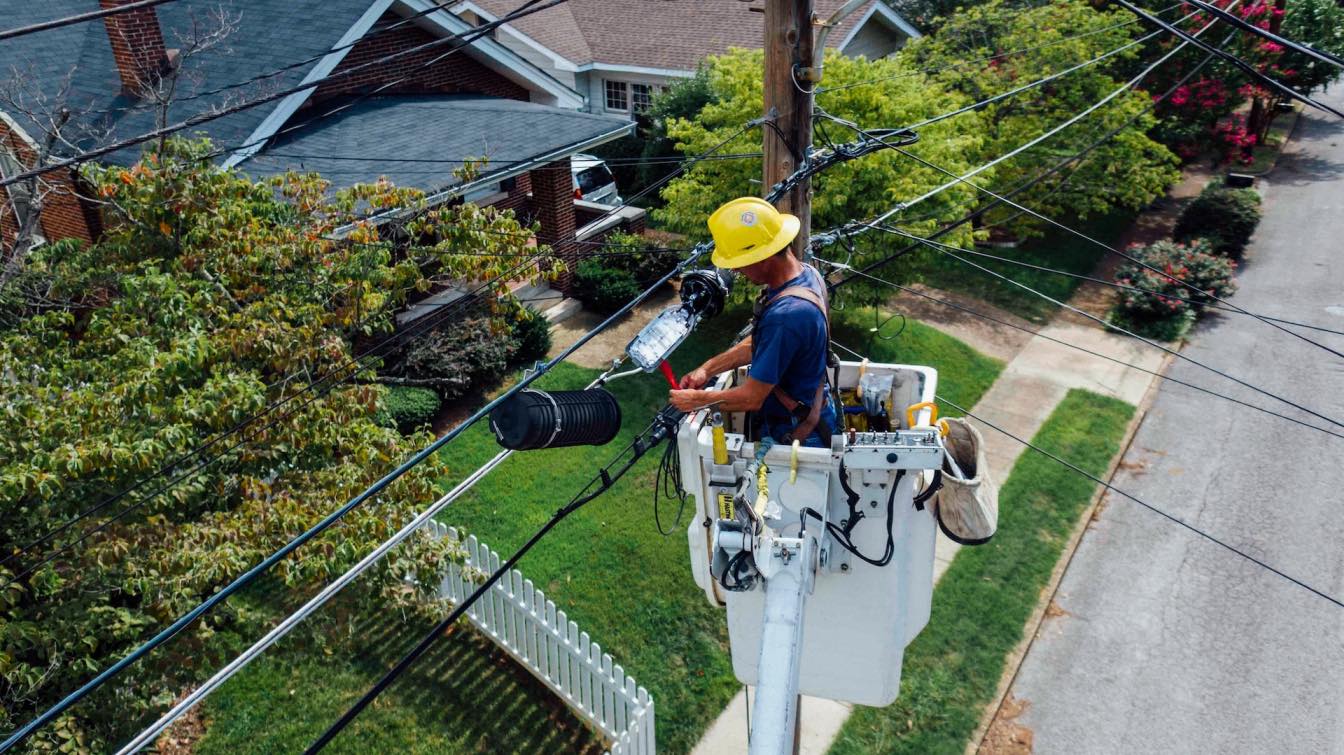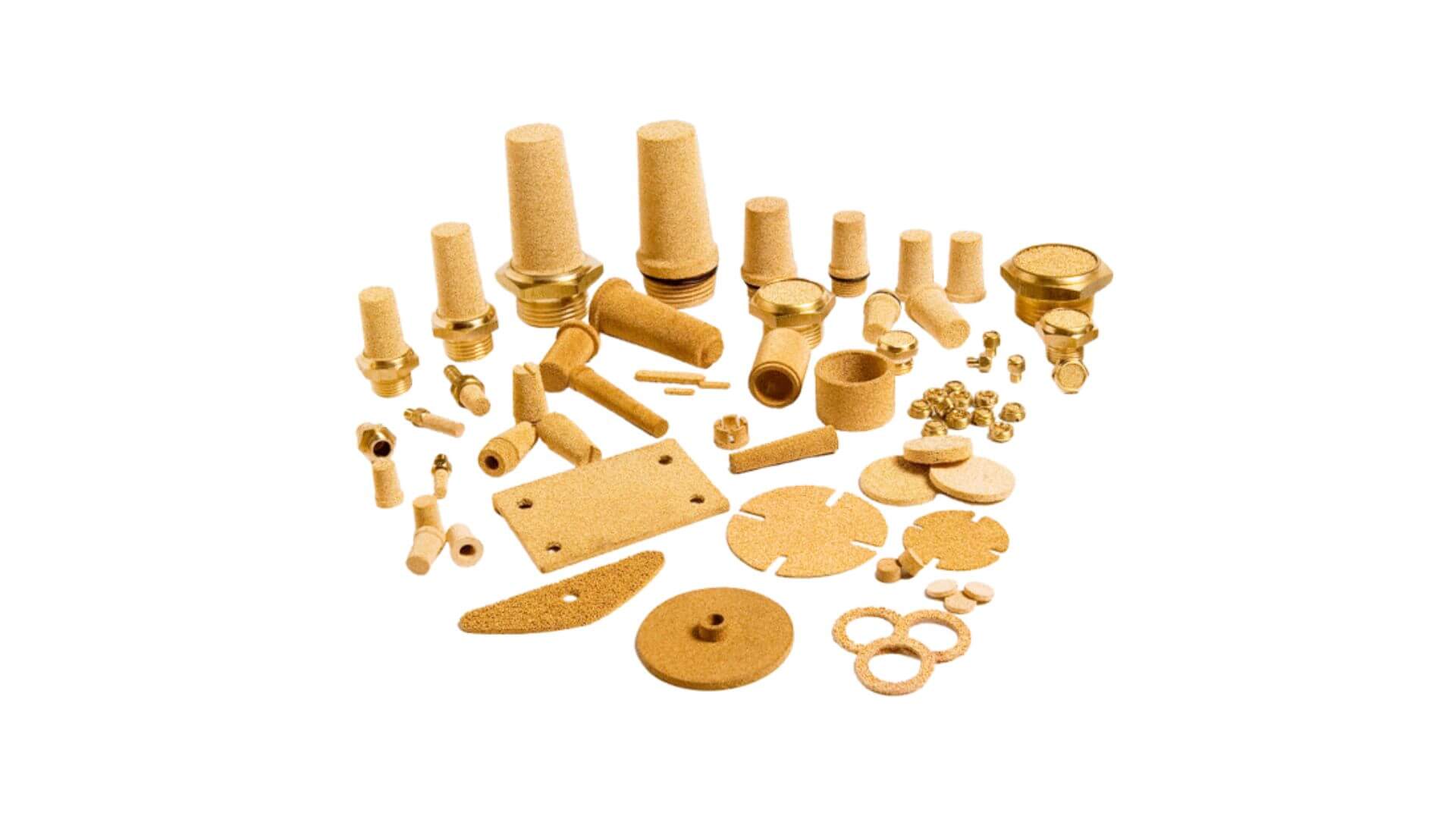Crane trucks, essential machinery in the construction and logistics industries, are transport vehicles equipped with built-in cranes. These versatile machines facilitate the transportation and lifting of large containers, handling heavy steel or concrete structures with relative ease.
Various components form the anatomy of a crane truck including:
a basic structure
column
arm system
stabilizers
carrier vehicle
hydraulic crane system
hydraulic jacks
support plates
While they typically feature either 2 or 4-wheel drive and can boast over 350 horsepower in lifting capacities; their crane arms can reach up to impressive heights of 25 meters.
Distinct types such as hydrocrane, sidelifter, telescopic and articulated crane trucks exist within this category. So, if you’re looking for a truck crane for sale, it’s important that you understand them all.
This article aims to provide an in-depth exploration into the world of crane trucks: identifying key components while outlining various models available on the market today. Let’s get started!
Understanding Crane Trucks
Delving into the intricate world of crane trucks, one uncovers a sophisticated amalgamation of components such as a basic structure, column, arm system, stabilizers, carrier vehicle, hydraulic crane system, hydraulic jacks and support plates; all engineered to facilitate heavy lifting across diverse industries like construction and logistics.
These specialized vehicles are powered by potent engines that can generate over 350 horsepower in lifting capacities. They are designed with either two or four-wheel drive and their crane arms can reach up to 25 meters in height.
The location of the crane is also crucial for its functionality. It is typically installed at the rear of the truck chassis or within the same cab depending on its intended use.
The type of crane truck used varies based on specific needs: hydrocrane for fluid operations; sidelifter for loading containers onto other vehicles; telescopic for extended reach; articulated for flexibility in movement.
These details offer insight into understanding how these machines operate. Each part plays a vital role in ensuring safe and efficient handling of heavy goods - a testament to human ingenuity that fosters a sense of belonging among those who appreciate complex machinery.
Moving forward entails delving deeper into each key component's function and importance.
Key Components
Examining the intricate structure of this specialized transportation vehicle, one finds key components that include a basic framework, column, arm system, stabilizers, carrier vehicle, hydraulic crane system, hydraulic jacks and support plates. Each component plays a pivotal role in ensuring the functionality and efficiency of the crane truck's operation.
The following table provides an overview of these essential parts:
|
Component |
Function |
Importance |
|
Basic Framework & Column |
Provides structural support for crane operations |
Ensures stability during lifting tasks |
|
Arm System & Stabilizers |
Facilitates lift and extendability functions |
Enables height reach and load balance |
|
Carrier Vehicle & Hydraulic Crane System |
Serves as mobility mechanism; powers crane operations through pressurized fluid |
Grants maneuverability; provides lifting power |
This information fosters understanding among those who appreciate belonging to informed communities aware of such technicalities.
Understanding the crucial elements of a crane truck is integral not only for operational purposes but also for safety considerations. The knowledge facilitates comprehension about how each part contributes to overall performance while underlining the importance of correct use to avoid potential hazards. As we delve deeper into this topic, our next focus will be on discussing safety guidelines that govern usage and operation of these complex machines.
Safety Guidelines
Navigating the intricacies of these behemoths requires adherence to stringent safety guidelines, thereby ensuring the well-being of operators and bystanders alike. The operation of crane trucks necessitates a high level of knowledge and skill to maintain safety standards in all situations.
Operators should be properly trained and certified in using specific types of cranes.
Regular inspection and maintenance of crane components is essential for safe operation.
During operation, operators must ensure that no one is within the swing radius of the crane.
Proper communication between crew members during lifting operations is crucial.
These are not mere suggestions but rather mandatory protocols which have been established with years of experience, research, and unfortunate incidents. Their implementation helps maintain a safe environment around these industrial giants.
Moving forward from safety considerations, it's also important to explore where crane trucks find their typical applications. These vehicles are not limited to construction sites; they play significant roles in various industries due to their versatility and capacity for heavy-duty tasks. This wide range of applicability will be discussed next, providing further insight into their significance within different sectors.
Common Applications
In various sectors, the applicability of these colossal vehicles is widespread, ranging from construction projects to logistics operations. The crane truck's ability to lift heavy loads and reach significant heights makes it an essential tool in these areas.
|
Sector |
Use Case |
Crane Truck Type |
|
Construction |
Lifting and moving materials like steel or concrete structures. |
Telescopic Crane Trucks |
|
Logistics |
Transporting large containers from ships to storage places. |
Sidelifter Crane Trucks |
|
Utilities |
Installing, maintaining or repairing overhead lines. |
Articulated Crane Trucks |
The table above illustrates how different types of crane trucks are employed in various sectors for specific tasks. Telescopic crane trucks are often found on construction sites due to their capacity to handle hefty materials at high elevations with ease. Sidelifter crane trucks serve a crucial role in logistics, simplifying the process of transporting bulky containers. In the utilities sector, articulated crane trucks offer flexibility and precision indispensable for tasks such as maintenance or installation of overhead lines.
Exploring these uses helps one appreciate the versatility and indispensability of these machines across many industries. A deeper understanding awaits as we delve into various models that bring unique benefits depending on the task at hand.
Various Crane Truck Models
Delving into the diverse array of models available in the market, it becomes evident that each brings its unique capabilities to cater to specific industry needs and tasks.
Notably, hydrocrane trucks are equipped with a hydraulic system that allows for smooth lifting operations; their versatility makes them popular in industries such as construction and manufacturing.
Sidelifter crane trucks, on the other hand, are recognized for their side-mounting feature which allows easy loading and unloading of goods from either side of the truck – an essential attribute in logistics and freight handling sectors.
Telescopic crane trucks offer extendable arm systems capable of reaching considerable heights; they're thus frequently utilized in power line maintenance or tree trimming services.
Articulated crane trucks, also known as knuckle boom cranes, possess jointed arms providing higher flexibility during lifting procedures. This attribute is particularly beneficial when working in constricted spaces or when precision is paramount - typical scenarios within urban construction sites.
Evidently, each model comes with distinct advantages designed to meet specific requirements across various industries. Thus, understanding these differences can significantly contribute to making informed decisions about crane truck acquisition based on individual business needs.





